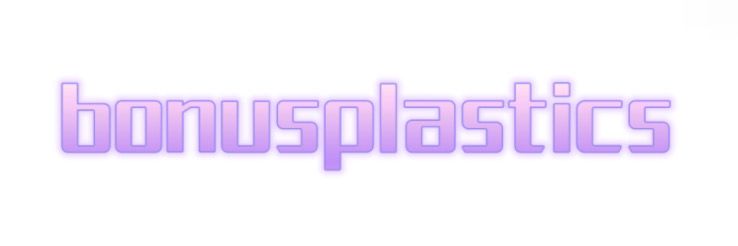Top Uses of Durable Plastic Concrete Forms in 2024
# Top Uses of Durable Plastic Concrete Forms in 2024.
In 2024, the construction industry continues to leverage advancements in materials technology, with durable plastic concrete forms emerging as a reliable choice for various projects. These forms provide essential functions, each accompanied by notable advantages and challenges, shaping user experiences across the sector.
## Key Functions of Durable Plastic Concrete Forms.
Durable plastic concrete forms serve several crucial functions that enhance building efficiency and quality. Here are some main features:
1. **Lightweight Design**: Plastic forms are lighter than traditional materials like wood and metal, making them easier to handle and transport on job sites. .
2. **Reusability**: One of the standout features is their reusability. These forms can withstand multiple pouring cycles without degradation, significantly reducing material waste and associated costs.
3. **Water Resistance**: Unlike traditional wooden forms that can warp or absorb moisture, plastic forms are water-resistant, preventing issues during concrete curing.
4. **Customization**: Durable plastic forms come in various shapes and sizes, allowing for flexibility in design. This adaptability caters to both residential and commercial projects, accommodating unique architectural needs.
5. **Durability**: Engineered to resist cracking, breaking, and other forms of damage, durable plastic forms ensure impressive longevity in harsh construction environments.
## Advantages and Disadvantages.
While durable plastic concrete forms offer many benefits, they also come with certain downsides that homeowners and contractors should consider:
### Advantages:
- **Cost-Effective**: Due to their reusability and longevity, they reduce the need for frequent replacements, ultimately lowering costs in the long run.
.
- **Quick Installation**: The lightweight nature allows for faster assembly and disassembly, facilitating efficient project timelines.
.
- **Eco-Friendly**: Many plastic forms are manufactured from recycled materials, making them a sustainable choice that aligns with modern environmental standards.
### Disadvantages:
- **Initial Costs**: While they can save money over time, the upfront costs of durable plastic forms can be higher compared to traditional materials.
- **Less Structural Strength**: In high-stress environments, some may find that plastic forms do not provide the same level of structural support as metal forms.
## User Experiences.
Professionals in the construction field have reported positive experiences when using durable plastic concrete forms. Many find that the lightweight designs allow for easy transportation around job sites, significantly speeding up setup times. Contractors have noted that the water resistance of these forms helps maintain the quality of the concrete pour, leading to better surface finishes.
Moreover, users appreciate the customizability of these forms, which has allowed them to tackle unique projects that require specific shapes and dimensions. Feedback suggests that after multiple uses, the forms show minimal signs of wear, reinforcing their value as a long-term investment.
## Pricing and Cost-Effectiveness.
Pricing for durable plastic concrete forms can vary based on size and design features, typically ranging from $5 to $15 per linear foot. The initial investment may seem steep; however, considering the reusability and longevity of these forms, the overall cost-effectiveness becomes apparent.
When evaluating the return on investment, it is essential to factor in the reduced labor costs due to the faster setup times and the minimized material waste. In many cases, the durability and performance of plastic forms lead to significant savings on projects, making them a smart choice for both small-scale and large construction endeavors.
## Conclusion.
As we move further into 2024, durable plastic concrete forms stand out as a vital component in modern construction practices. Their lightweight, reusable, and customizable nature makes them advantageous for diverse applications. While they do come with certain initial investment considerations, their long-term benefits in terms of efficiency and sustainability make them worthy of consideration for any construction project. Embracing this innovative material not only promotes superior building practices but also aligns with an increasing demand for eco-conscious solutions in the industry.
If you are looking for more details, kindly visit oem columns formwork, construction site loading platforms.

